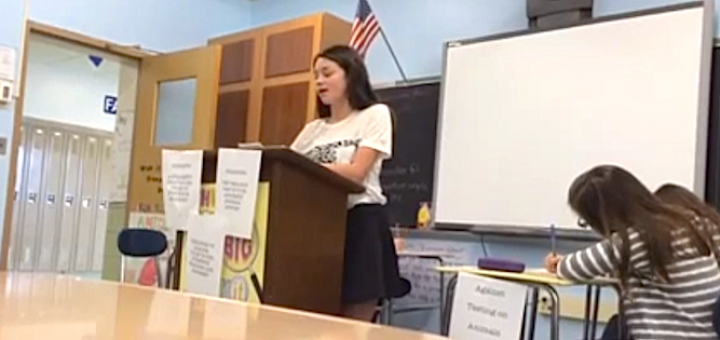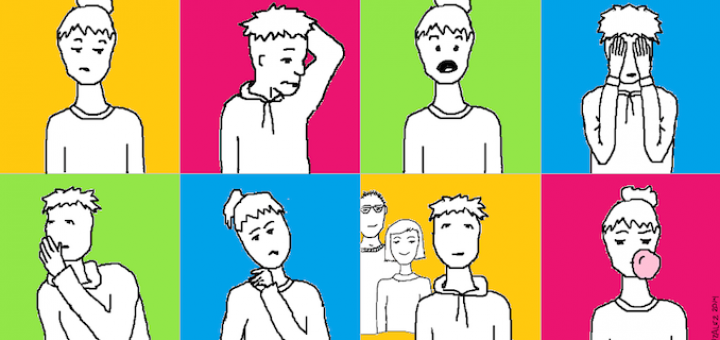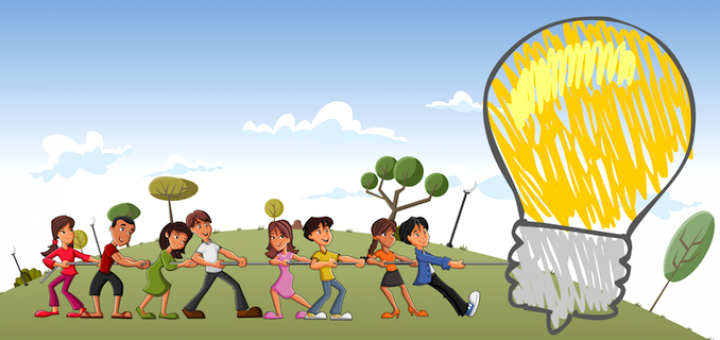Teaching and learning in grades 4-8
This fall at her students’ instigation, Amber Chandler decided to give debate a try. She describes her process, her inclusive approach, and several lessons learned during a positive experience that also supported common core standards. Videos included!
Middle school students are a unique breed, says educator and consultant Jennifer Gonzalez, and they need teachers who are tuned in to the intense dichotomies of adolescent life and learning. She offers teachers new to the middle level eight helpful tips.
Starting with a grant for 1:1 iPads, teacher Matthew Gillispie traces his school’s progress to iPads for everyone. He shares advice for getting started and includes numerous lessons. Reviewer Laura Von Staden says it’s for ELA and beyond.
Call it grit or resilience, it’s a behavior that can serve students well. We’ve gathered advocates’ views, pushback from critics and ideas to build it.
In a season filled with celebrations, MiddleWeb celebrates teachers by sharing some insights into the teaching life, offered by our bloggers and guest writers. We begin with the wonderful 2014 book, Teaching with Heart.
The curriculum tug of war between proponents of STEM programs and those who advocate for STEAM is in full force. Whichever side you may be pulling for, Anne Jolly has some facts, insights and questions that can help determine which way we should go.
If you share teaching responsibilities in an inclusion classroom, teaching coach Elizabeth Stein suggests you take time over the holidays to reflect on the three traditions of successful co-teaching partnerships: communication, respect and persistence.
With listening now included among the CCSS anchor skills, how can educators help students become more adept at tuning in? Veteran public radio reporter Monica Brady-Myerov heads Listen Current, a service offering teachers free content and lessons plans.
When Kevin Hodgson shared a heartfelt reflection with the Slice of Life teacher writing community, the supportive and encouraging comments he received from online colleagues “were like lifelines to me.” He highly recommends the Tuesday writing activity.
When teachers across the content areas put the ideas in Janet Allen’s Tools for Teaching Academic Vocabulary to work, their students will feel as if they truly own their vocabulary and want to share and celebrate it, says teacher-reviewer Linda Biondi.








































